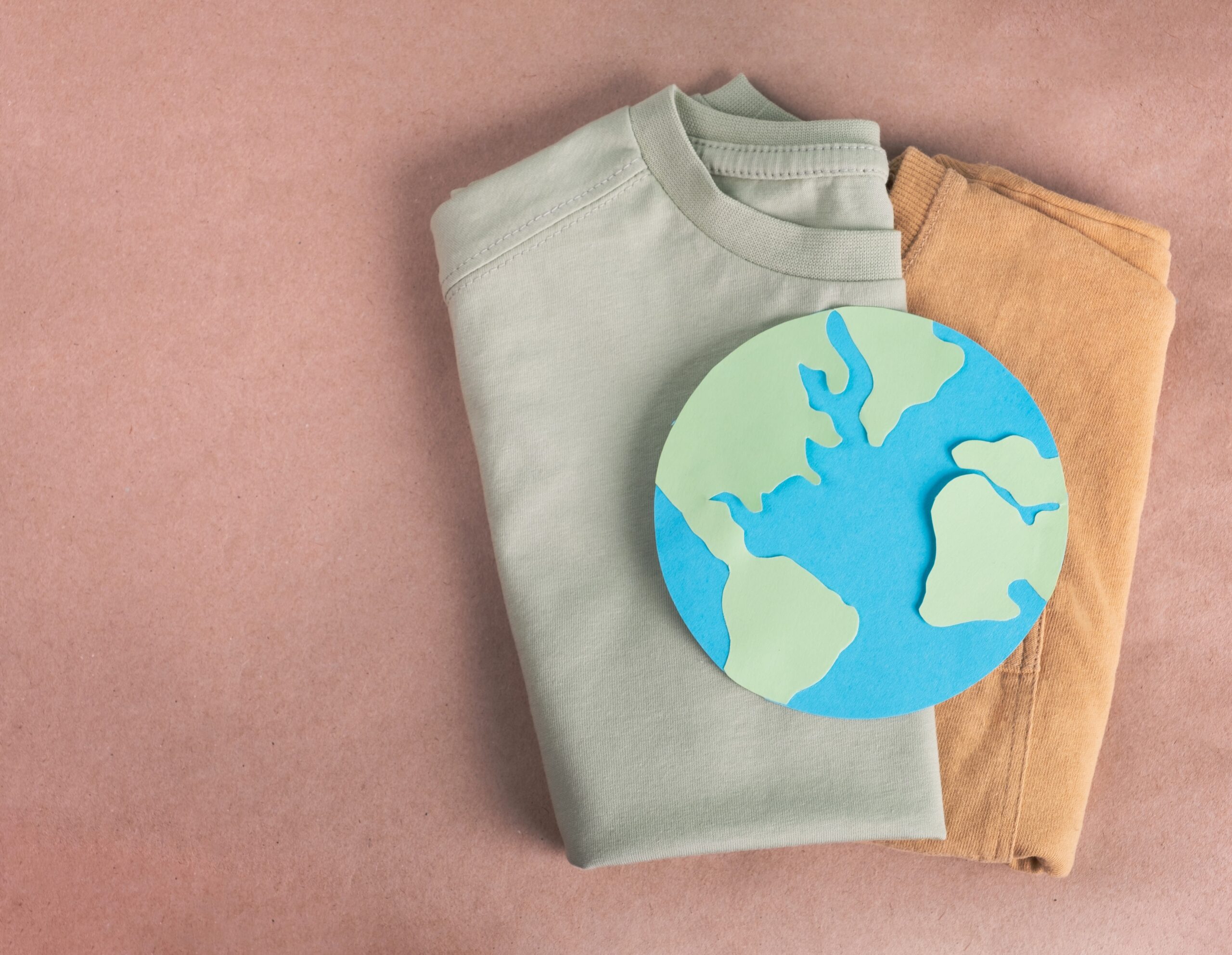Why Durability Belongs in the Spotlight
Fashion has always walked the line between permanence and change.
Just because something is affordable doesn’t mean it’s disposable. A price tags don’t define true product durability, it’s about quality, repairability, and even the emotional connection people feel with their products. And for the first time, durability is being measured, regulated, and made visible in fashion.
With the launch of France’s Coût Environnemental and upcoming EU rules under the ESPR and the mandatory Digital Product Passports (DPPs), durability is becoming both a strategic advantage and a business necessity when communicating on a product’s true impact.
Physical Durability: The Foundation of Product Impact
Think of your favourite shirt. Maybe it’s been through dozens of washes, folded into suitcases, worn on repeat until it practically feels like a second skin. Or maybe it’s the one that faded, pilled, and sagged after just a handful of wears. That difference? It’s durability.
Environmental scoring turns durability into data you can count. The Product Environmental Footprint Category Rules (PEFCR) for Apparel & Footwear set baseline “life expectancies” for different product types. For example:
- A shirt: 45 wears
-
A coat: 100 wears
These numbers form the starting line. From there, details like fabric strength, resistance to pilling, shape retention after washing, and even how easy a product is to repair (think spare parts, warranties, and repair services) all factor in.
So two shirts might look the same on day one, but a year later, they could tell very different stories. One is still going strong, the other is destined for the donation pile. Durability is an indicator that sits at the core of credible impact measurement.
Emotional Durability: The Human Dimension
Why do some clothes stick with us while others fade from memory? A jacket might become part of your story — repaired, reworn, and carried through seasons. Meanwhile, another piece sits in the closet, barely touched, before finding its way to the donation bag. That’s emotional durability.
France has started weaving this idea into how products are scored environmentally, and at Peftrust we’ve built a way to measure it. Our automated multiplier looks at five things that shape whether people form a bond with a product:
- Repair incentive → is fixing it worth it compared to buying new?
-
Range breadth → if a brand offers too many near-identical styles, attachment tends to weaken.
- Commercialization duration → do products stick around, or disappear after a season?
-
Raw materials → fabrics signal value; natural and synthetic don’t carry the same weight in perception.
- Traceability display → when origin and sourcing are visible, trust (and attachment) grows.
Scores run from 0.5 to 1.5. The closer to the top, the more brands are rewarded for helping consumers keep products in their lives longer, which also boosts the final eco-score.
Why Durability Matters for Business
When products last, so do business advantages. From compliance to design to brand trust, durability opens three key pathways:
- Compliance → staying ahead of eco-scores, ESPR, and digital product passport rules.
-
Eco-design → guiding better choices in design, sourcing, and suppliers with hard durability data.
- Brand equity → turning sustainability claims into something credible and measurable.
And the beauty is, it scales. With Peftrust’s Product Impact Intelligence, brands can:
- Test durability scenarios down to the SKU.
-
Benchmark across suppliers, categories, and collections.
- Feed clear, traceable durability data into Scope 3 reporting and product passports.
Durability starts with the product, but in practice, it can reshape the whole business.
From Overconsumption to Scalable Innovation
The conversation around durability used to focus on overconsumption: we buy too much, we wear too little. While true, it doesn’t give brands a roadmap.
The opportunity today is innovation at scale. Designing products that last longer, physically and emotionally, and scaling those insights across entire portfolios.
That’s where Peftrust comes in. Our Product Impact Intelligence helps brands simulate durability at the SKU level, benchmark suppliers, and export verified data straight into Scope 3 reporting and digital product passports. In short: we turn durability into a measurable business advantage.
